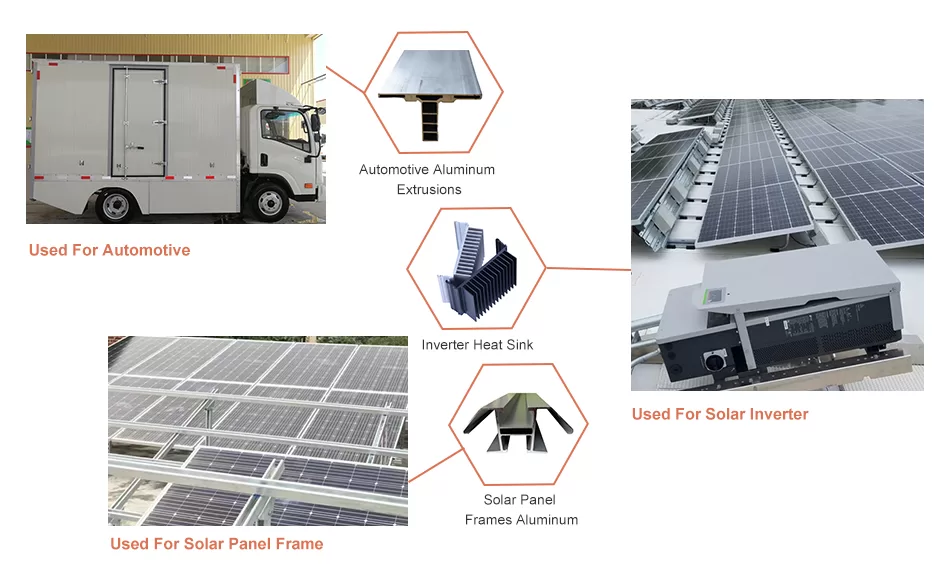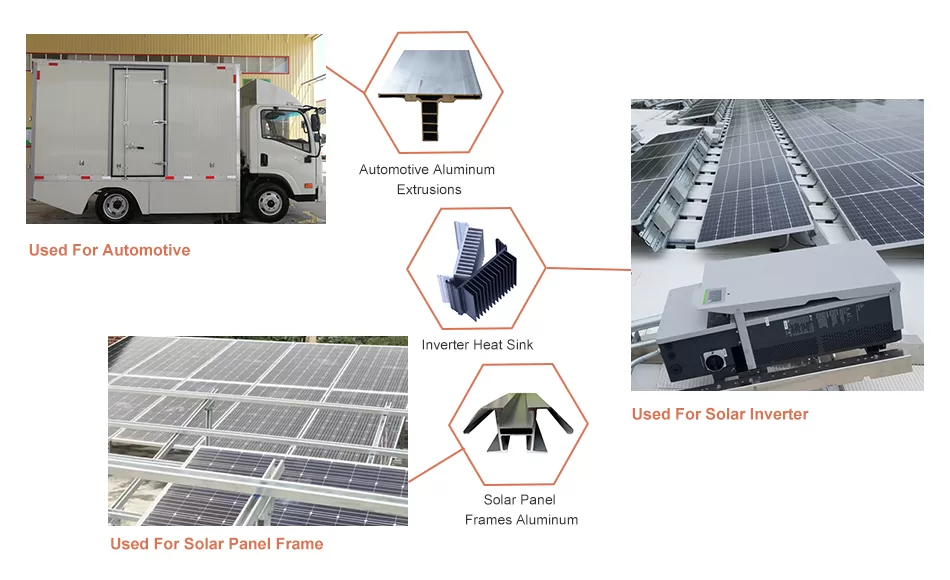Engineered for strength, versatility, and durability, industrial aluminum profiles offer endless possibilities for designers and engineers. Discover the multifaceted applications and design techniques for harnessing the power of these profiles through a thorough exploration of the article “How to Design with Industrial Aluminum Profiles: Tips and Techniques.” This article delves into the essential aspects of using aluminum profiles, providing practical guidance and expert insights.
The cornerstone of designing with industrial aluminum profiles lies in selecting the optimal profile for your application. Consider factors such as size, shape, thickness, and alloy composition. Each profile type exhibits distinct properties, ranging from strength-to-weight ratio to corrosion resistance. Understanding the performance characteristics of various profiles ensures optimal selection.
Proper design principles are crucial for ensuring the structural integrity and functionality of your project. Plan for adequate material thickness to withstand operational stresses and loads. Utilize effective joint design techniques, such as interlocking profiles or using mechanical fasteners, to maintain profile alignment and rigidity. Incorporate proper drainage and ventilation to prevent moisture accumulation and optimize performance.
Precise cutting and fabrication techniques are essential for achieving a seamless and professional finish. Employ accurate cutting methods to obtain clean edges and minimize material waste. Leverage specialized tools, such as profile saws or CNC machines, for precise cuts and shaping. Follow recommended cutting parameters to maintain profile integrity and extend tool life.
Secure assembly is paramount for ensuring the structural stability and functionality of your design. Explore various joining methods, including mechanical fasteners, adhesives, or specialized connectors. Choose fastening techniques that align with the load requirements and desired aesthetics. Ensure proper alignment and tightening to achieve a robust and reliable assembly.
Surface treatment and finishing enhance the appearance, durability, and longevity of your aluminum profiles. Anodizing creates a protective oxide layer, improving corrosion resistance and providing a decorative finish. Powder coating or painting offers a wider range of color and texture options, adding visual appeal and further protecting the profiles.
“How to Design with Industrial Aluminum Profiles: Tips and Techniques” serves as an indispensable resource for designers and engineers seeking to harness the full potential of these versatile profiles. By adhering to the principles and techniques outlined in this article, you can create innovative and functional designs that showcase the exceptional properties of industrial aluminum profiles.




